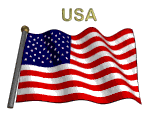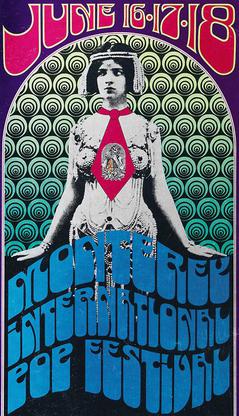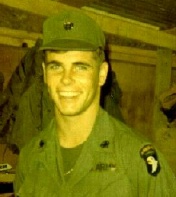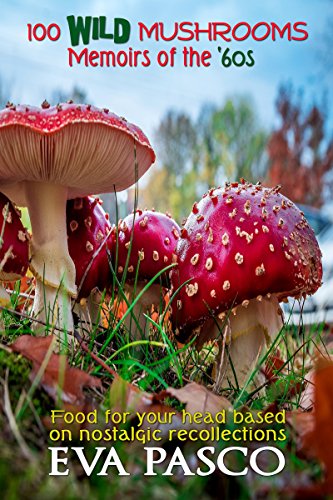
The 60s Official Site
"Where Music is Our Middle Name"
Quick Links
Your Daily Oldies Fix Top Ten Countdown Solid Gold Memories Jukebox Music
Vibration of a Nation Remember When Television of the 50s and 60s 60s Slang
Things You Just Don't Hear Anymore 60s TV Commercials Chickenman Episodes Woodstock This Weeks Number One Hits
The Early Years of Rock and Roll Vietnam War Myths
All the content menu is listed on the left menu border bar
The Monterey Pop Festival
The Monterey Pop Festival embodied the theme of California as a focal point for the counterculture and is generally regarded as one of the beginnings of the "Summer of Love" in 1967; the first rock festival had been held just one week earlier at Mount Tamalpais in Marin County, the KFRC Fantasy Fair and Magic Mountain Music Festival Because Monterey was widely promoted and heavily attended, featured historic performances, and was the subject of a popular theatrical documentary film, it became an inspiration and a template for future music festivals, including the Woodstock Festival two years later. Rolling Stone publisher Jann Wenner said, "Monterey was the nexus – it sprang from what the Beatles began, and from it sprang what followed." The festival was planned in seven weeks by John Phillips of the Mamas & the Papas, record producer Lou Adler, Alan Pariser and publicist Derek Taylor. Monterey and Big Sur had been known as the site for the long-running Monterey Jazz Festival and Big Sur Folk Festival; the promoters saw the Monterey Pop festival as a way to validate rock music as an art form in the way in which jazz and folk were regarded. The organizers succeeded beyond all expectations. The artists performed for free, with all revenue donated to charity, except for Ravi Shankar, who was paid $3,000 for his afternoon-long performance on the sitar. Country Joe and the Fish were paid $5,000, not by the festival itself, but from revenue generated from the D.A. Pennebaker documentary. The artists did however have their flights and accommodation paid for. Apart from Shankar, each act was given up to 40 minutes for their performance. Several ended their sets earlier, including the Who, who played for only 25 minutes. The PerformersJefferson AirplaneWith two huge singles behind them, Jefferson Airplane was one of the major attractions of the festival, having built up a large following on the West Coast. The WhoAlthough already a big act in the UK, and now gaining some attention in the US after playing some New York dates two months earlier, the Who were propelled into the American mainstream at Monterey. The band used rented Vox amps for their set, which were not as powerful as their regular Sound City amps which they had left in England to save shipping costs. At the end of their frenetic performance of "My Generation", the audience was stunned as guitarist Pete Townshend smashed his guitar and slammed the neck against the amps and speakers. Smoke bombs exploded behind the amps and frightened concert staff rushed onstage to retrieve expensive microphones. At the end of the mayhem, drummer Keith Moon kicked over his drum kit as the band exited the stage. During Jimi Hendrix's stay in England, he and the Who had seen each other perform; they were both impressed with and intimidated by each other, so neither wanted to be upstaged by the other. They decided to toss a coin, with the Who ending up performing before Hendrix. Grateful DeadMichael Lydon, author of Flashbacks (2003) commented: "The Grateful Dead were beautiful. They did at top volume what Shankar had done softly. They played pure music, some of the best music of the concert. I have never heard anything in music that could be said to be qualitatively better than the performance of the Dead, Sunday night.[page needed] Jerry Garcia commented on the Who "smashing all their equipment. I mean, they did it so well. It looked so great. It was like, 'Wow, that is beautiful.' We went on. We played our little music. And it seemed so lame to me, at the time. And [Jimi Hendrix] was also beautiful and incredible and sounded great and looked great. I loved both acts. I sat there gape-jawed. They were wonderful."[citation needed] It took some wrangling to get the band, who were suspicious of the commercialism of the Los Angeles faction, to agree to perform; at one point, the Dead threatened to create an alternative festival opposite Monterey Pop. The Jimi Hendrix ExperienceJimi Hendrix's use of extremely high volumes, the feedback this produced, and the combination of the two along with his dive-bombing use of the vibrato bar on his guitar, produced sounds that, with the exception of the British in attendance, none of the audience had ever heard before. This, along with his look, his clothing, and his erotic antics onstage, had an enormous impact on the audience. To take things further, aware of the Who's planned explosive finale, he asked around for a can of lighter fluid, which he placed behind one of his amplifier stacks before beginning his set. He ended his Monterey performance with an unpredictable version of "Wild Thing", which he capped by kneeling over his guitar, pouring lighter fluid over it, setting it on fire, and then smashing it onto the stage seven times before throwing its remains into the audience. This performance put Hendrix on the map and generated an enormous amount of attention in the music press and newspapers alike. Robert Christgau later wrote in The Village Voice of Hendrix's performance:
|
|





